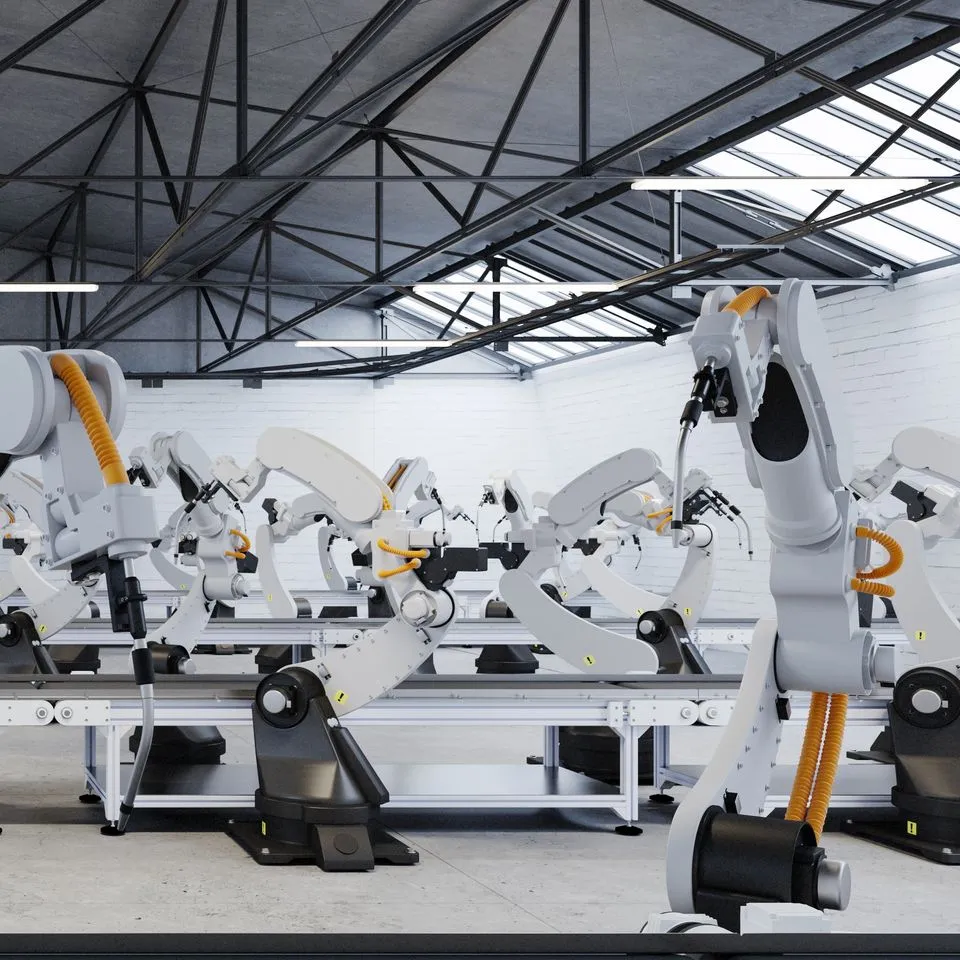The True Power of Electric Vehicles is in the Data


The shift to electric vehicles is not just a transformation of transport.
It’s an opportunity for an information revolution. From supply chain to infrastructure, manufacturing to maintenance, every single commercial electric vehicle carries vast amounts of data. At Hitachi, we see opportunities at every point to use and connect that data to increase value for businesses, customers, and the good of society.
Used well, data can unlock solutions across the board.
Take supply chains: the global pandemic has demonstrated how quickly they can be sideswiped by labor shortages that lead to a lack of materials reaching manufacturers. The company harvesting rubber might be aware that they’ll be gathering less, but the tire maker might not have access to that information. In turn, the electric vehicles (EV) manufacturer will experience a delay in receiving a component, which then holds up production.
Supply chain data is available, but few companies know how to share and utilize this data. Innovations like smart contracts could make this data visible connecting the supply chain (upstream and downstream) so that supply, forecasting, and payment are improved. As a result, the EV manufacturer would be able to see a downturn in rubber supply and proactively pursue alternate sources of rubber or adjust production accordingly.
Looking at data opportunities beyond supply chains
The use cases aren’t limited to supply chains. As more and more people adopt EVs, power companies will need to support charging stations with enhanced power grid capabilities in response to need. Data on where and when EVs charge is available but isn’t currently shared with the power companies. Improved data sharing between vehicles and power providers would not just make power companies’ energy supply planning more efficient, it would also have wider benefits to society. Perhaps supermarkets could see the benefit of offering micro-power grids, generating charging points for customers using solar panels on their roofs. Cars that park in those parking lots with full charge could sell some of their extra energy back into the grid to benefit their neighbor. With good use of data, it’s all possible.
The use of data also has the potential to improve EVs themselves. While recharging its batteries, an EV could feedback to the manufacturer’s design team, real-world performance data on battery life, charge times, and range. With every individual EV reporting its data, manufacturers would have a strong data set they can use to improve the performance of future models. Artificial Intelligence (AI) can utilize data to track a car battery’s Remaining Useful Life (RUL) and be used to calculate how that battery could be redeployed once it’s not fit for that vehicle – perhaps as storage for solar energy.
How electric vehicle data can improve fleet operations and lower costs
Data plays an even greater role in the operation and costs of an EV fleet. By connecting the various systems handling asset management, routing, drivers, maintenance and repair, and vehicle telematics, the data can be used to calculate the actual cost per mile and the total cost of ownership for a vehicle. Not only does this allow for the proper scaling of an EV fleet, but will unlock new innovation and insights. For example, fleet managers will know the proper timing for ICE (internal combustion engine)-to-EV replacement for each vehicle, providing the optimal fleet mix during the transition. Once the EV is in use, artificial intelligence (AI) can be used to monitor maintenance repair data and proactively suggest how to repair, predict failures in advance to prevent unplanned downtime, and assess the RUL.


Making the transition
For fleet managers making the transition to EVs for their business, the complexities of range, charging infrastructure, parts, and maintenance, and battery life are all very real considerations. Data not only allows for optimization and cost-efficiency across the entire EV value chain but is the key to unlocking additional value, providing all the more financial reasons to make the transition now. The task of choosing the best approach for converting to an EV fleet can feel challenging and overshadow the opportunities switching to electric might offer. However, with access to the right data, that transition can be made much simpler.
Hitachi’s broad experience across transportation, energy and technology can help advise each customer on the best path forward with electrification. This includes assessing how the data and information that is already available could make their fleets both sustainable and more efficient while opening up interesting new possibilities. The potential for continuous improvement and innovation is endless and data is the key.



